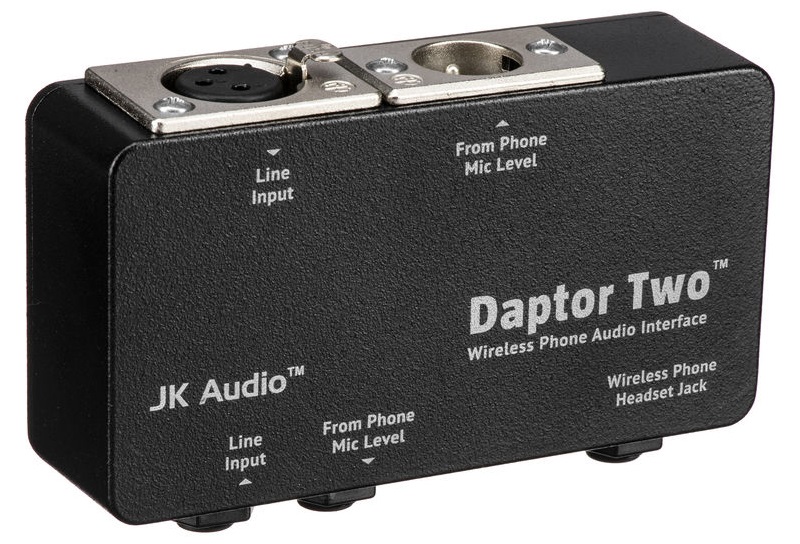I’ve been teaching sound/mixing seminars at churches for the past 20 years, and over that time, I’ve seen a lot of production approaches in their infancy. Some have been great (headset microphones and in-ear monitors being near the top of the list), while others never really caught on – such as the time I worked with a pastor who wanted a totally waterproof wireless beltpack transmitter (with mic) so he could immerse himself while doing baptisms.
Here’s an approach that I believe has a lot of merit in our modern world: the ability for congregations to take live phone calls live during worship services, just like a call-in radio ministry. You know the deal – a radio host takes calls from listeners on every Bible topic imaginable.
Note that I’m not suggesting turning services into call-in shows (well, unless you really want to), but think of the possibilities. What about making a call during a service to praying with a congregation member who’s in the hospital? Or maybe a youth minister is out on assignment and would like to give the congregation a live update about the youth camp happenings. And who doesn’t want to hear a live field report from the kids helping to build houses in an area devastated by hurricanes, or missionaries seeding a church in Africa?
I’m sure you can come up with dozens of reasons to take a call from someone the congregation would love to hear from. These can be uplifting worship moments that your congregation can look forward to hearing.
However, making it happen is not as simple as plugging a Y-cable into the pastor’s cell phone and plugging it into a mixing console. The audio levels are tricky, and unbalanced audio doesn’t fare well over long cable runs. And putting the call on speakerphone while holding it up to the podium mic has way too many variables to contend with – plus the listener on the other end of the connection has a lot of echo audio to deal with.
What’s needed is some sort of pro-audio interface that can connect a cell phone into a mixing console using XLR jacks and appropriate levels. It also needs a Bluetooth link since the pastor’s new phone doesn’t have a headphone jack. Finally, it needs to be simple to set up and use because the volunteer staff really can’t do complicated patches. Easier said than done?
Device Advice
Enter the BlueKeeper and Daptor, two boxes from JK Audio. I remember using JK Audio devices decades ago when I was setting up call-in phone audio for several local radio stations. This was something called a telephone “hybrid” that not only matched levels, it also nulled and kept the incoming and outgoing audio streams separated when connecting between 2-wire and 4-wire audio paths to prevent echo and feedback.
JK Audio knew how to create the tools to do this properly back when twisted-pair copper wire was the norm in rotary (dial) telephones and now the company has updated the technology to work with cellphones.
The Daptor Two is a very simple passive interface box that takes the 1/8-inch headphone jack from any cellphone, using the included 1/8- to 1/4-inch tip-ring-sleeve (TRS) adapter cable and makes balanced XLR inputs and outputs with separated local and remote audio for the mixing console. That’s right, there’s no batteries or wall wart (power supply) required.

Simply connect the output of the Daptor Two into a spare channel on the console and feed the Daptor’s input from a matrix or aux. Using a matrix or aux will allow feeding the input of an ambient mic back into the call to give the remote caller a sense of the room. The pastor talks using the normal worship mic (podium, handheld, etc.) and everyone listens to the caller on the sanctuary’s sound system.














